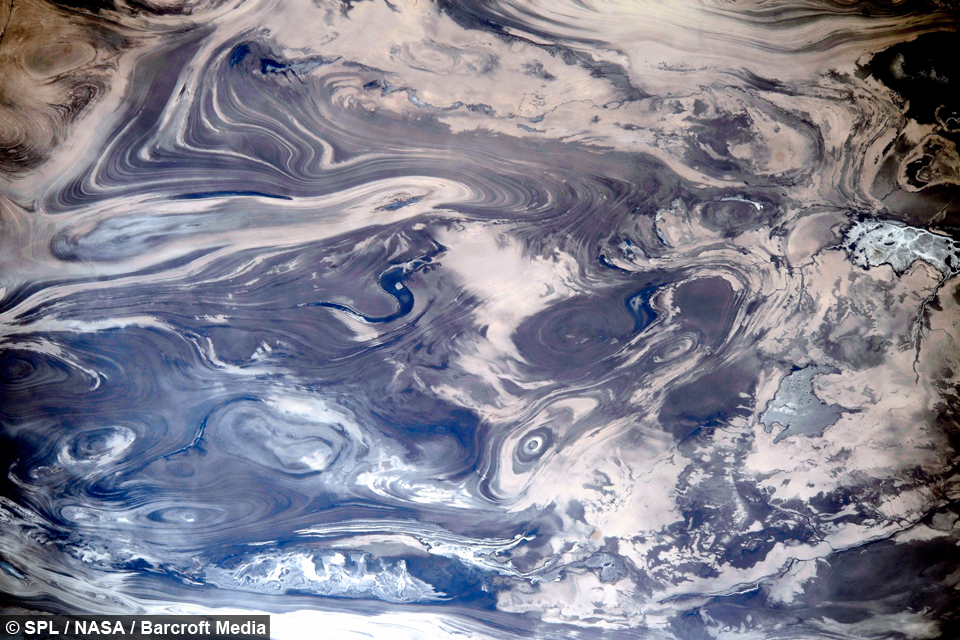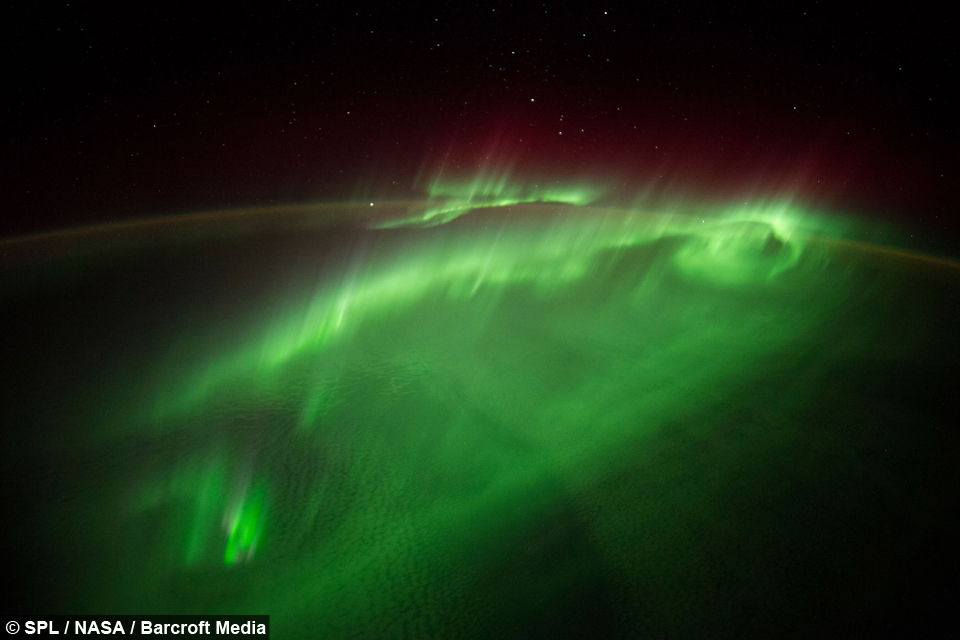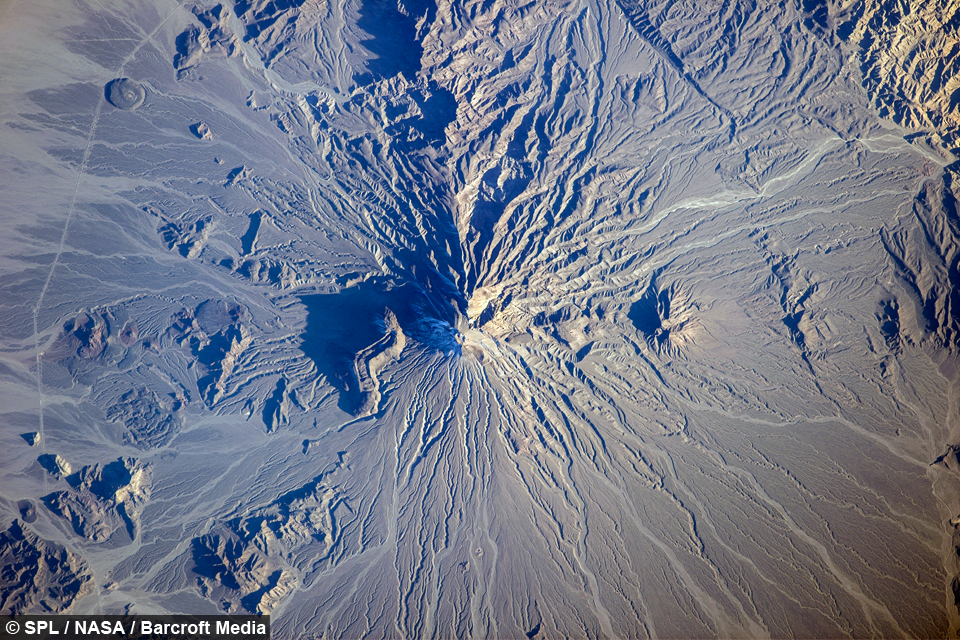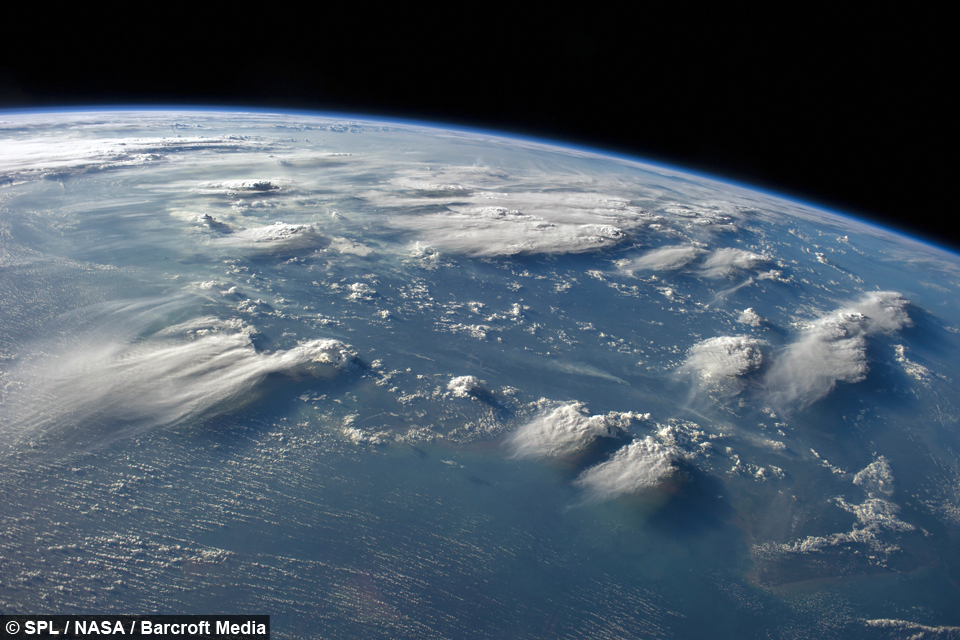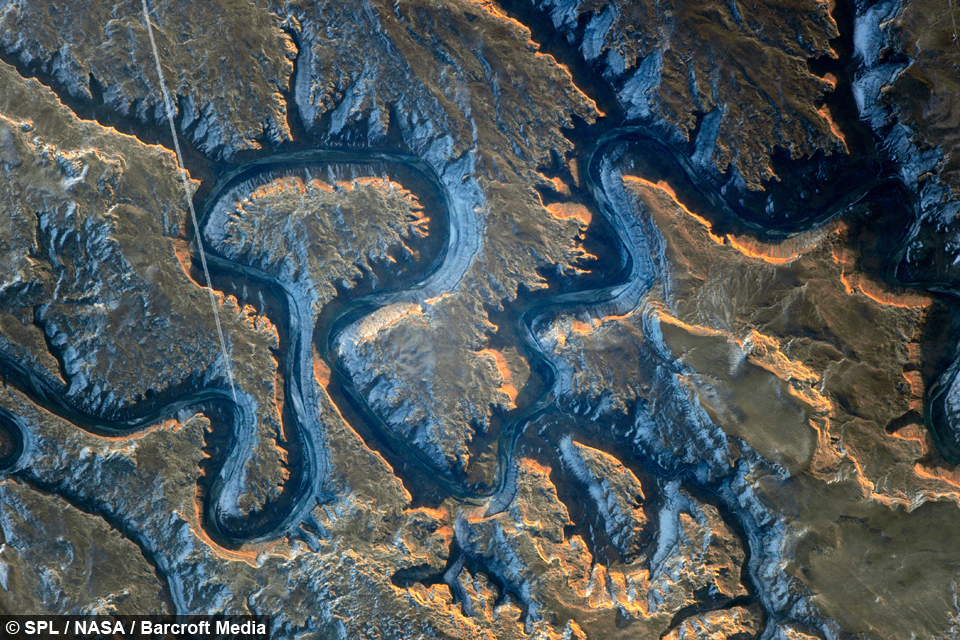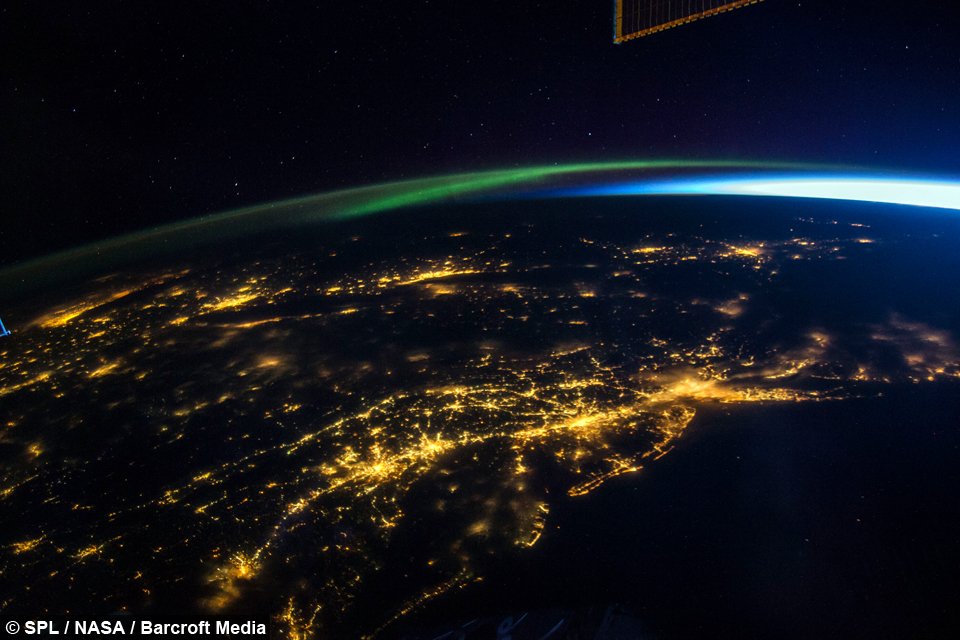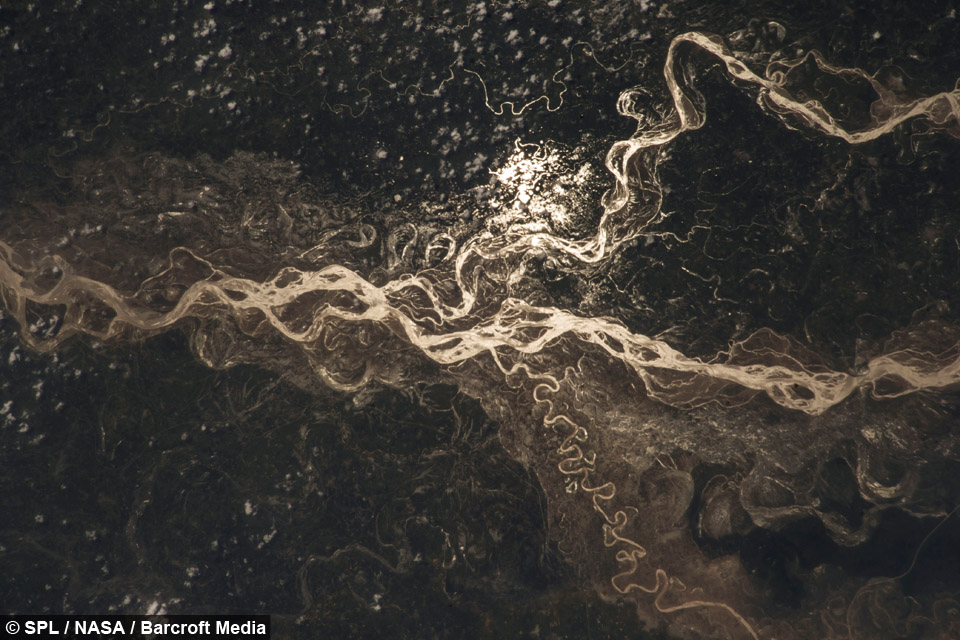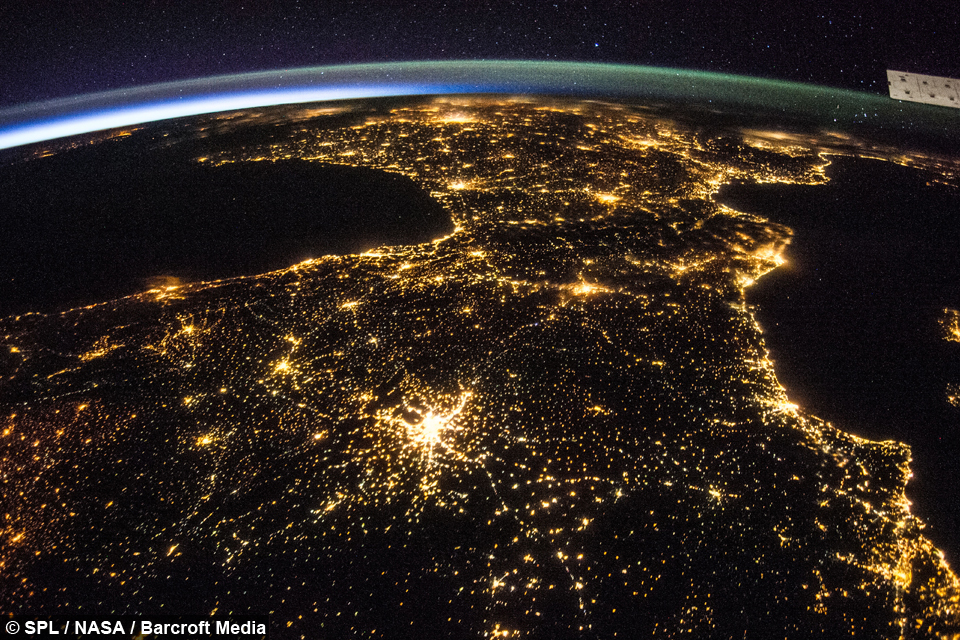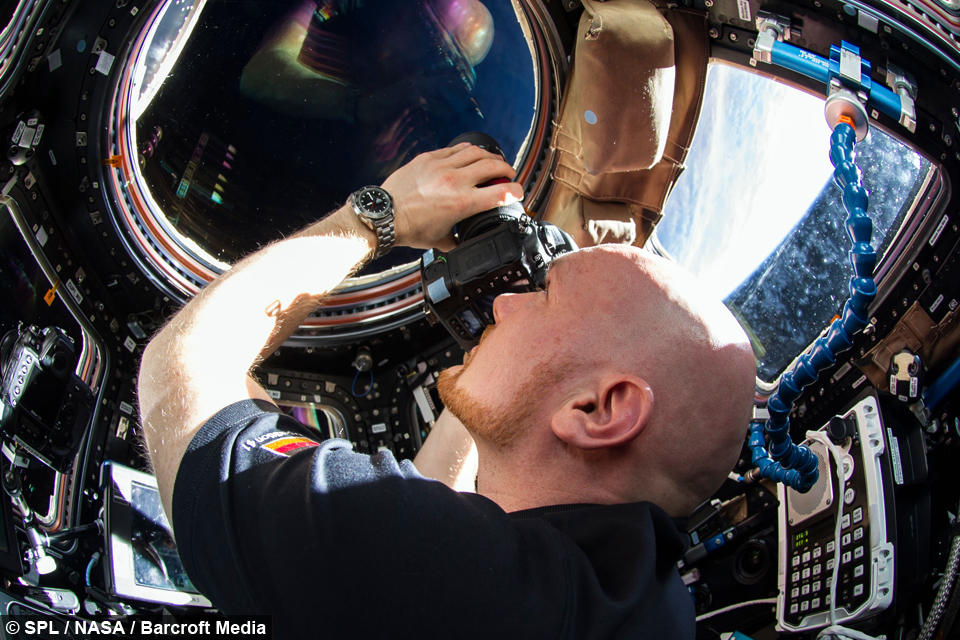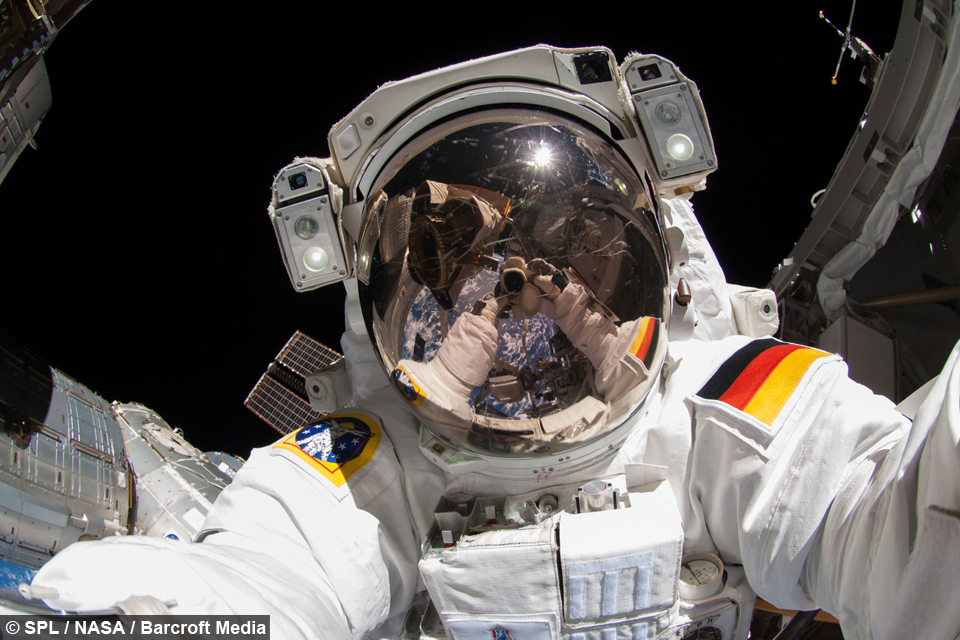Out of this world: 2014 From International Space Station
By Amanda Stringfellow @Amanda_L_S
Scroll down for the full story
Videographer / Director: Science Photo Library, NASA
Producer: Nick Johnson
Editor: Ian Phillips
The illuminating images were taken by astronauts onboard the International Space Station (ISS) over the course of 2014.
The space-based snappers captured everything from phenomenal weather to the Northern Lights from their orbit at around 220 miles above the earth.
The stunning collection charts some of the most important natural events of 2014, including Hurricane Gonzalo which hit Bermuda and Britain in mid October and Typhoon Neoguri, the super typhoon which battered Japan in July.
The photographs also capture a rare glimpse of the Northern Lights from space – shining in bright greens and purples above the northern hemisphere.
Astronauts have lived on the ISS every day since October 2000 – and the floating home and science lab provides a unique opportunity to capture out-of-this-world photographs.
Elsewhere views of dormant volcano Bazman, Iran, the Namib desert in Namibia and the Grand Canyon demonstrate how planet earth’s most extreme and stunning landscapes appear from above.
As well as natural disasters, the astronauts followed world events from above – capturing the Sochi Olympic Park in Russia where the opening ceremony for the Winter Olympics was held in early February.
One shot shows the stark contrast between light emissions from North Korea and South Korea as seen from the ISS at night.
Whilst South Korea appears to be a hub of bright light, Kim Jong-un’s North Korea stands in relative darkness with the exception of the capital city Pyongyang.
Astronauts have used hand-held cameras to photograph the Earth for more than 40 years, beginning with the Mercury missions in the early 1960s.
Digital cameras were introduced on shuttle missions in 1995, and today all Crew Earth Observations (CEO) imagery is taken with a digital camera.
The average stay on the International Space Station is around six months - and with views like these, few could blame astronauts for wanting to stay longer.
